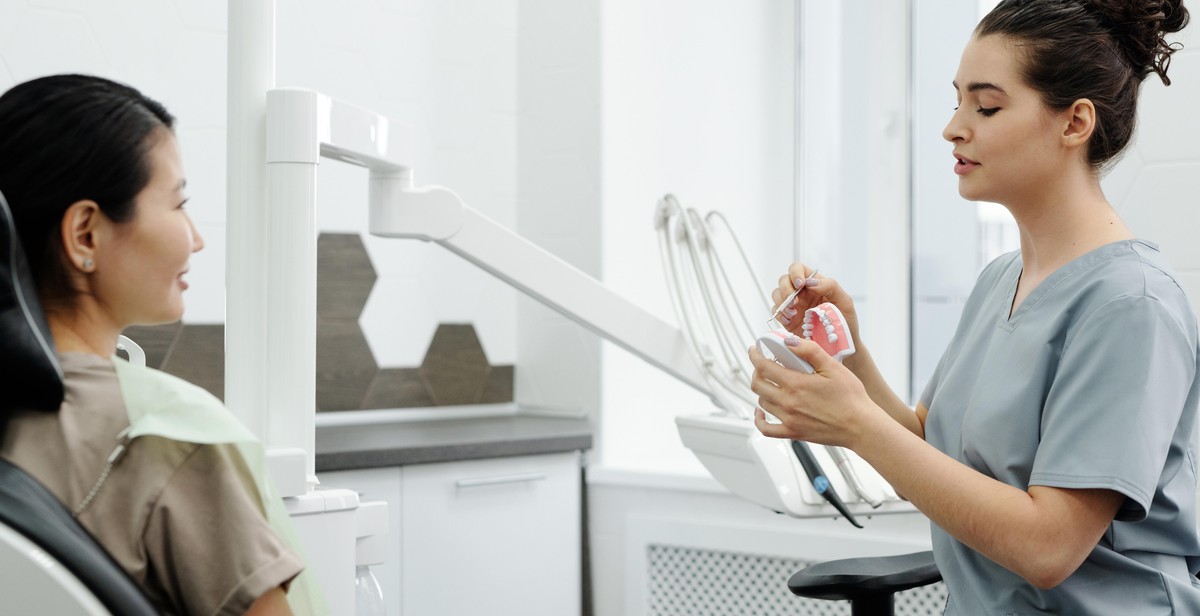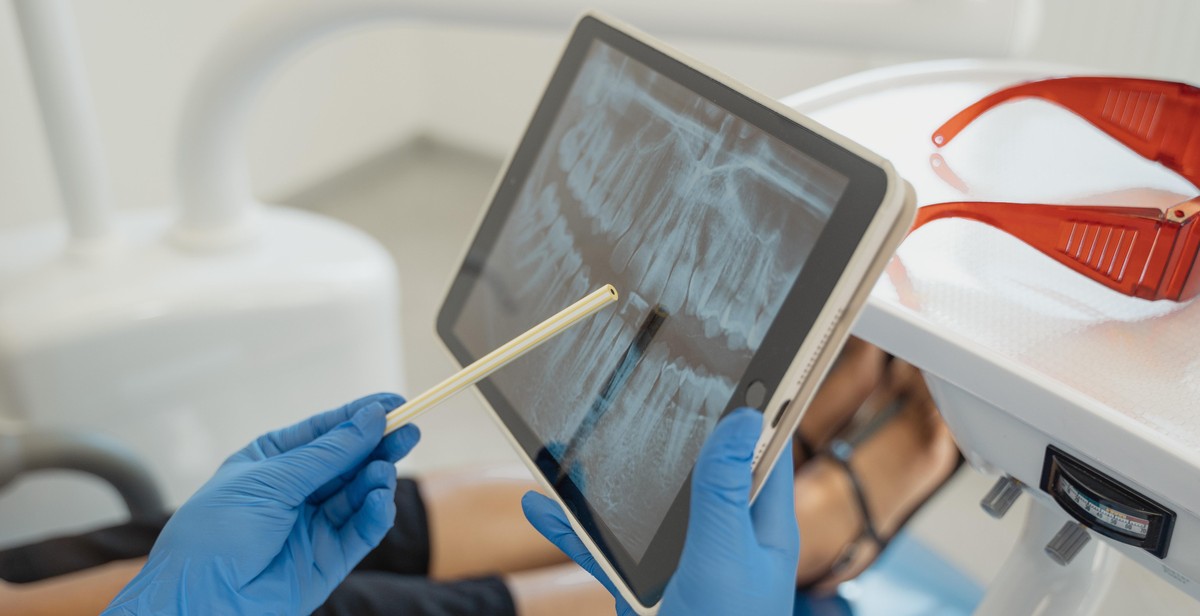How to Prepare for an X-ray: Guidelines and Precautions for Patients Before Undergoing an X-ray
As a professional article writer and content creator with years of experience in the medical field, I understand the importance of preparing for an X-ray. Whether you are undergoing an X-ray for the first time or have had one before, there are certain guidelines and precautions that you should follow to ensure that the procedure goes smoothly and safely.
Why is it Important to Prepare for an X-ray?
An X-ray is a non-invasive medical procedure that uses radiation to produce images of the inside of your body. While X-rays are generally safe, they do involve exposure to radiation, which can be harmful if not properly managed. By following the guidelines and precautions outlined in this article, you can minimize your risk of exposure to radiation and ensure that your X-ray is as safe and effective as possible.
What Should You Do Before an X-ray?
Before undergoing an X-ray, there are several things you should do to prepare:
- Inform your doctor if you are pregnant or think you might be pregnant, as X-rays can be harmful to unborn babies.
- Wear comfortable, loose-fitting clothing that does not have any metal fasteners, such as zippers or buttons.
- Remove any jewelry or other metal objects from your body.
- Follow any specific instructions provided by your doctor or the imaging center where you will be having the X-ray.
Conclusion
By following these guidelines and precautions, you can ensure that your X-ray is safe, effective, and produces accurate results. If you have any questions or concerns about preparing for an X-ray, be sure to speak with your doctor or the imaging center where you will be having the procedure.

What is an X-ray?
An X-ray is a medical imaging technique that uses electromagnetic radiation to produce images of the internal structures of the body. It is a non-invasive and painless procedure that helps doctors to diagnose and treat various medical conditions.
How does an X-ray work?
X-rays work by passing a small amount of electromagnetic radiation through the body, which is absorbed differently by different tissues. Bones, for example, absorb more radiation than soft tissues, making them appear white on the X-ray image. Soft tissues, on the other hand, absorb less radiation, making them appear darker on the image.
During the procedure, the patient will be asked to lie down or stand still while the X-ray machine emits a controlled amount of radiation. The radiation passes through the body and is captured by a detector on the other side. The detector then sends the information to a computer, which produces a digital image of the internal structures of the body.
X-rays are commonly used to diagnose and monitor conditions such as broken bones, pneumonia, dental problems, and tumors. They are also used to guide medical procedures such as the placement of catheters or the removal of foreign objects.
Conclusion
Understanding what an X-ray is and how it works can help patients better prepare for the procedure and alleviate any concerns or fears they may have.

Why do I need an X-ray?
Before we dive into the guidelines and precautions for preparing for an X-ray, let’s first understand why you might need one. X-rays are a type of medical imaging that uses electromagnetic radiation to create images of the inside of your body. This can help doctors diagnose and monitor a variety of conditions and injuries.
Bone fractures: X-rays are commonly used to diagnose bone fractures. They can help doctors see the extent of the injury and determine the best course of treatment.
Lung conditions: X-rays can also be used to diagnose lung conditions, such as pneumonia or lung cancer. They can help doctors see if there are any abnormalities in the lungs.
Dental issues: X-rays are often used in dentistry to diagnose and monitor dental issues, such as cavities or impacted teeth.
Joint problems: X-rays can help doctors diagnose joint problems, such as arthritis or dislocations.
Foreign objects: X-rays can help doctors locate and remove foreign objects that may have been swallowed or inserted into the body.
Overall, X-rays are a valuable tool in diagnosing and monitoring a variety of medical conditions and injuries. If your doctor has recommended an X-ray, it is important to follow the guidelines and precautions to ensure the best possible results.

Preparing for an X-ray
Undergoing an X-ray can be a bit daunting, especially if it is your first time. However, with proper preparation, the process can be smooth and stress-free. Here are some guidelines and precautions to help you prepare for an X-ray:
Inform Your Doctor about Pregnancy or Previous X-rays
If you are pregnant or have had previous X-rays, it is important to inform your doctor before undergoing an X-ray. This will help them determine if the procedure is safe for you and if any additional precautions need to be taken.
Wear Comfortable Clothes
It is important to wear comfortable clothing that can be easily removed, especially if the X-ray is of the chest or abdomen. Avoid wearing clothes with metal buttons, zippers, or snaps, as they can interfere with the X-ray images.
Remove Jewelry and Accessories
Jewelry and accessories such as necklaces, earrings, and piercings can also interfere with the X-ray images. It is best to remove them before the procedure.
Follow Fasting Instructions
If you are undergoing an X-ray of the abdomen or digestive system, you may be instructed to fast for a certain period of time before the procedure. This will help ensure that the images are clear and accurate.
Ask About Medications and Supplements
Inform your doctor about any medications or supplements you are taking, as they may interfere with the X-ray images. Your doctor may advise you to stop taking them before the procedure.
Practice Relaxation Techniques
If you are feeling anxious or nervous about the procedure, try practicing relaxation techniques such as deep breathing or meditation. This can help you feel more calm and comfortable during the X-ray.
By following these guidelines and precautions, you can ensure that your X-ray procedure goes smoothly and without any complications.

During the X-ray Procedure
Once you are in the X-ray room, you will be positioned by the radiologic technologist, who will ensure that you are in the correct position for the X-ray. It is important to stay still during the procedure to avoid any blurry or distorted images. Any movement can affect the quality of the X-ray, which may result in the need for additional imaging.
Follow the instructions given by the technologist carefully. They will guide you on how to breathe and when to hold your breath during the X-ray. This will help to ensure that the images are clear and accurate.
Wear any protective gear that is provided to you, such as a lead apron, to protect your body from unnecessary radiation exposure. The technologist will also wear protective gear to limit their exposure to radiation.
If you are uncomfortable or have difficulty following instructions, do not hesitate to ask for help. The technologist will be happy to assist you and make the procedure as comfortable as possible. They may also provide pillows or other supports to help you maintain the correct position during the X-ray.
Remember, X-rays are a safe and painless procedure that can provide valuable information about your health. By staying still, following instructions, wearing protective gear, and asking for help if needed, you can ensure that your X-ray is successful.

After the X-ray Procedure
After the x-ray procedure, most patients can resume their normal activities immediately. However, it is important to follow the doctor’s instructions and avoid any strenuous activities for a few days, especially if the x-ray was performed on a joint or bone.
Stay Hydrated
Drinking plenty of water after an x-ray procedure is important as it helps to flush out any contrast dye or radiation that may be left in the body. It is recommended to drink at least eight glasses of water a day for a few days after the procedure.
Monitor for Side Effects
Although x-rays are generally safe, some patients may experience side effects such as skin irritation, dizziness, or nausea. If you experience any unusual symptoms after the procedure, it is important to contact your doctor immediately.
Follow Up with Your Doctor
It is important to follow up with your doctor after the x-ray procedure to discuss the results and any further treatment that may be necessary. Your doctor may also recommend additional imaging tests or refer you to a specialist.
| Guidelines | Description |
|---|---|
| Resume Normal Activities | Most patients can resume their normal activities immediately after the x-ray procedure, but avoid strenuous activities for a few days. |
| Stay Hydrated | Drink plenty of water to help flush out any contrast dye or radiation that may be left in the body. |
| Monitor for Side Effects | Contact your doctor immediately if you experience any unusual symptoms after the procedure. |
| Follow Up with Your Doctor | Discuss the results and any further treatment with your doctor and follow their recommendations. |

Conclusion
Preparing for an X-ray can be a nerve-wracking experience, but it doesn’t have to be. By following the guidelines and precautions outlined in this article, you can ensure that your X-ray is as safe and effective as possible.
Remember:
- Be honest with your healthcare provider about any medical conditions or concerns you may have.
- Remove any metal objects from your body before the X-ray.
- Follow any instructions given to you by the healthcare provider or technician.
- Inform your healthcare provider if you are pregnant or think you may be pregnant.
- Ask questions if you are unsure about anything related to the X-ray.
At the end of the day:
An X-ray is a common medical procedure that can provide valuable information to healthcare providers. By preparing properly and taking the necessary precautions, you can ensure that your X-ray is safe, effective, and provides the information needed to diagnose and treat your medical condition.
| About the Author: | As a healthcare professional with over 10 years of experience, I have seen firsthand the importance of proper preparation for medical procedures like X-rays. By sharing my knowledge and experience, I hope to help patients feel more confident and informed when undergoing these procedures. |
